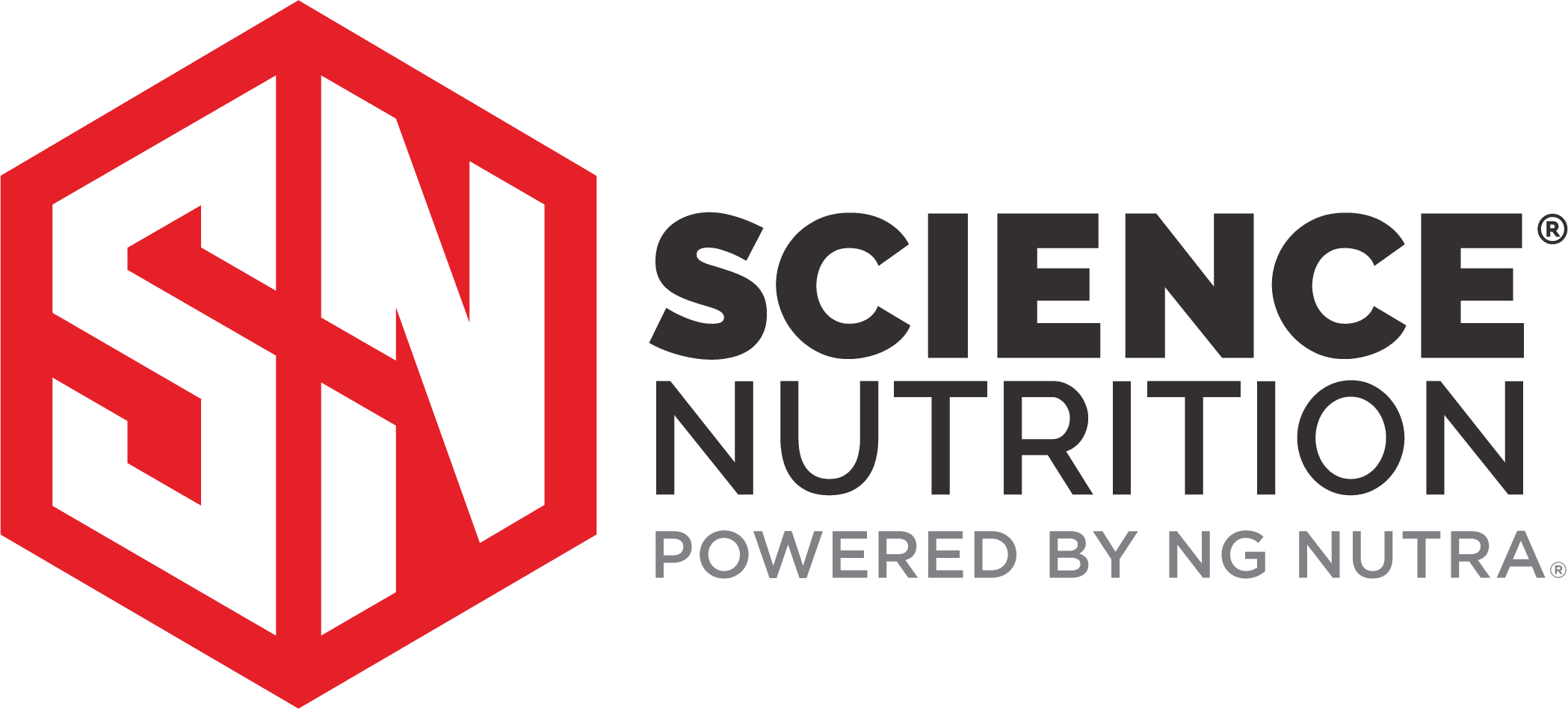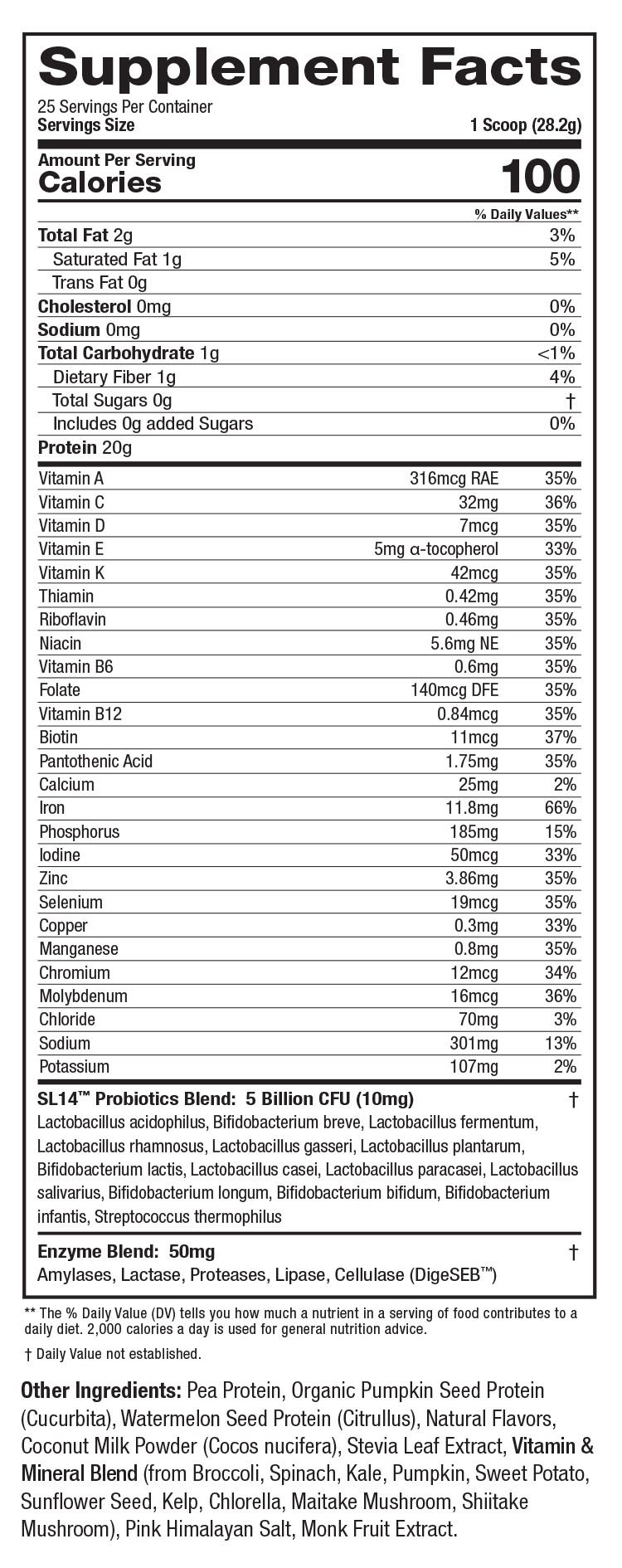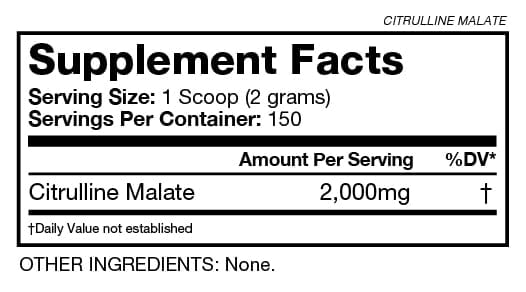From the average Joe to athletes, everyone is looking for that extra edge during workouts and training. While most people swear by obscene levels of caffeine to get that extra boost, there’s a better supplement option.
BCAAs, branched-chain amino acids, are cost-effective and proven ingredients that have been shown to boost performance and recovery but only when you take them at certain times.
When to take BCAAs? Is it before or after your workout? Let’s take a look at what the science says.
What Are BCAAs?
First things first, what are BCAAs?
There are 20 known amino acids for the human body.
Referred to as the building blocks of life, amino acids are critical for most bodily processes, especially when it comes to muscle recovery.
Now of the 20 amino acids, nine are essential. That means that the human body cannot make them, and they have to be consumed through food or supplements.
Of those nine essential amino acids, there are three that are referred to as branched chain amino acids.
Why the special distinction for BCAAs? Branched-chain amino acids have a special role in fitness specifically.
Leucine
The super star of the BCAA world, leucine helps with protein synthesis while it ensures you avoid protein catabolism. [1]
Let’s break that down:
Protein synthesis drives muscle recovery and growth. In other words, if you want more lean muscle tissue, you want protein synthesis.
Studies show that leucine promotes protein synthesis, making it invaluable for after a tough workout.
But it does more than that, it also protects your current levels of muscle mass from breakdown.
When your workouts are insanely tough and you aren’t supporting your recovery with nutrients and sleep, you run the risk of protein catabolism.
Leucine has been shown to reduce the risk of protein breakdown.
Isoleucine
Next up on the list is isoleucine. This BCAA is most famous for assisting with intra-workout cellular energy production.
Have you ever hit the wall during a workout where you feel completely drained and mentally fatigued?
Studies show that isoleucine can help with energy production.
What’s more, experts suggest that this BCAA can reduce perceived fatigue during workouts.
Theoretically, this means you will feel like you have more fuel in the tank than you normally do. [2]
Valine
Finally, there’s valine. This branched-chain amino acid really doesn’t get the credit it deserves when compared to leucine.
Valine is like the “go-for” BCAA. It does a little bit of everything.
It has anti-catabolic benefits just like leucine, but it also supports energy production similar to isoleucine. [3]
You can think of valine as the glue that holds the BCAA trio together.
When to Take BCAAs: Before or After a Workout?
Now, the important question: Does it matter when you take BCAAs?
Should you take them before or after your workout?
For optimal success, you want to take one serving of BCAAs during your workout as well as one serving immediately after your workout. Why is that?
BCAAs During a Workout
First, studies show that taking BCAAs during your workout will support intra-workout performance, especially strength levels. [4]
What’s more, as I discussed above, BCAAs also support cellular energy production, helping to stave off that perceived feeling of fatigue.
Next, taking BCAAs during your workout can help to protect muscle from catabolic breakdown.
Leucine, in particular, has been shown to be hyper-effective at reduce or eliminating protein breakdown, keeping your current levels of muscle mass safe.
Finally, studies show that consuming an amino acid supplement during your training sparks higher levels of fat burning. [4]
Even if your primary goal is weight loss, it doesn’t hurt to burn excess calories to stave off excess weight gain.
BCAAs After a Workout
So, you took one serving during your workout. What about afterward? Is it necessary to take another serving of aminos after the workout?
Absolutely. Here’s why:
About 45 to 60 minutes post-workout, your muscles are primed to take in all of the recovery and growth-focused nutrition they can.
Many experts refer to this as an optimal period for anabolism (growth).
Since BCAAs are the best of the muscle-building aminos, it makes sense that they would be want you want to focus on.
Remember how I talked about leucine being the super star? After a workout is leucine’s time to shine and do it’s thing.
BCAAs after a workout also help to reduce muscle soreness.
Yeah, I know most of you have gotten used to that sore feeling, but that doesn’t mean you must deal with it after every workout.
In fact, branched-chain amino acids have been shown to reduce delayed-onset muscle soreness (DOMS), if not help in eliminating it altogether for that particular workout session.
Finally, no matter what your goal is, BCAAs can help to improve muscle recovery.
This will help you get back into the gym faster than you would if you had only used a sports drink.
Not All BCAAs Are Created Equal
Okay, here’s the big catch with all of those benefits mentioned above:
You MUST have the scientifically proven ratio of BCAAs.
All of the most reputable studies used the same ratio of 2:1:1 (leucine, isoleucine, valine).
That means two parts leucine to one part isoleucine and one part valine.
As far as specific dosages, you want to look for the following:
- Leucine: 2,500 mg
- Isoleucine: 1,250 mg
- Valine: 1,250 mg
So, is there a BCAA supplement that provides that scientific dosage level along with some extras to fuel your performance?
You bet.

MR46 contains the scientific ratio required to fuel your performance and recovery.
What’s more, it also contains electrolytes to properly hydrate you during your workouts as well as an anti-inflammatory and skin health complex.
MR46 is one of the most complete and scientifically formulated BCAA supplements on the market. Try it for yourself and experience the difference in your workouts.
References
- Breen L, Churchward-Venne TA. Leucine: a nutrient ‘trigger’ for muscle anabolism, but what more?. J Physiol. 2012;590(9):2065-2066. doi:10.1113/jphysiol.2012.230631.
- Masako Doi, Ippei Yamaoka, Mitsuo Nakayama, Shinji Mochizuki, Kunio Sugahara, Fumiaki Yoshizawa, Isoleucine, a Blood Glucose-Lowering Amino Acid, Increases Glucose Uptake in Rat Skeletal Muscle in the Absence of Increases in AMP-Activated Protein Kinase Activity, The Journal of Nutrition, Volume 135, Issue 9, September 2005, Pages 2103–2108.
- Kimball SR, Jefferson LS. Signaling pathways and molecular mechanisms through which branched-chain amino acids mediate translational control of protein synthesis. J Nutr. 2006 Jan;136(1 Suppl):227S-31S. doi: 10.1093/jn/136.1.227S. PMID: 16365087.
- Stoppani J, Scheett T, Pena J, Rudolph C, Charlebois D. 2009 international society of sports nutrition conference and expo new orleans, la, USA. 14-15 june 2009. Abstracts. J Int Soc Sports Nutr. 2009;6 Suppl 1(Suppl 1):P1-P19. Published 2009 Jul 31. doi:10.1186/1550-2783-6-s1-p1.





